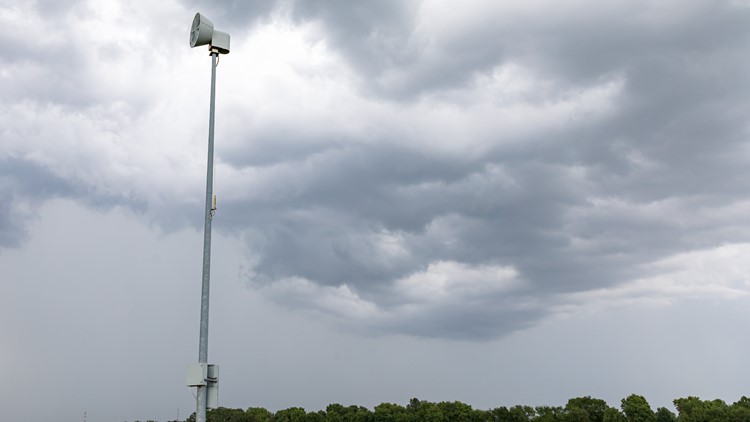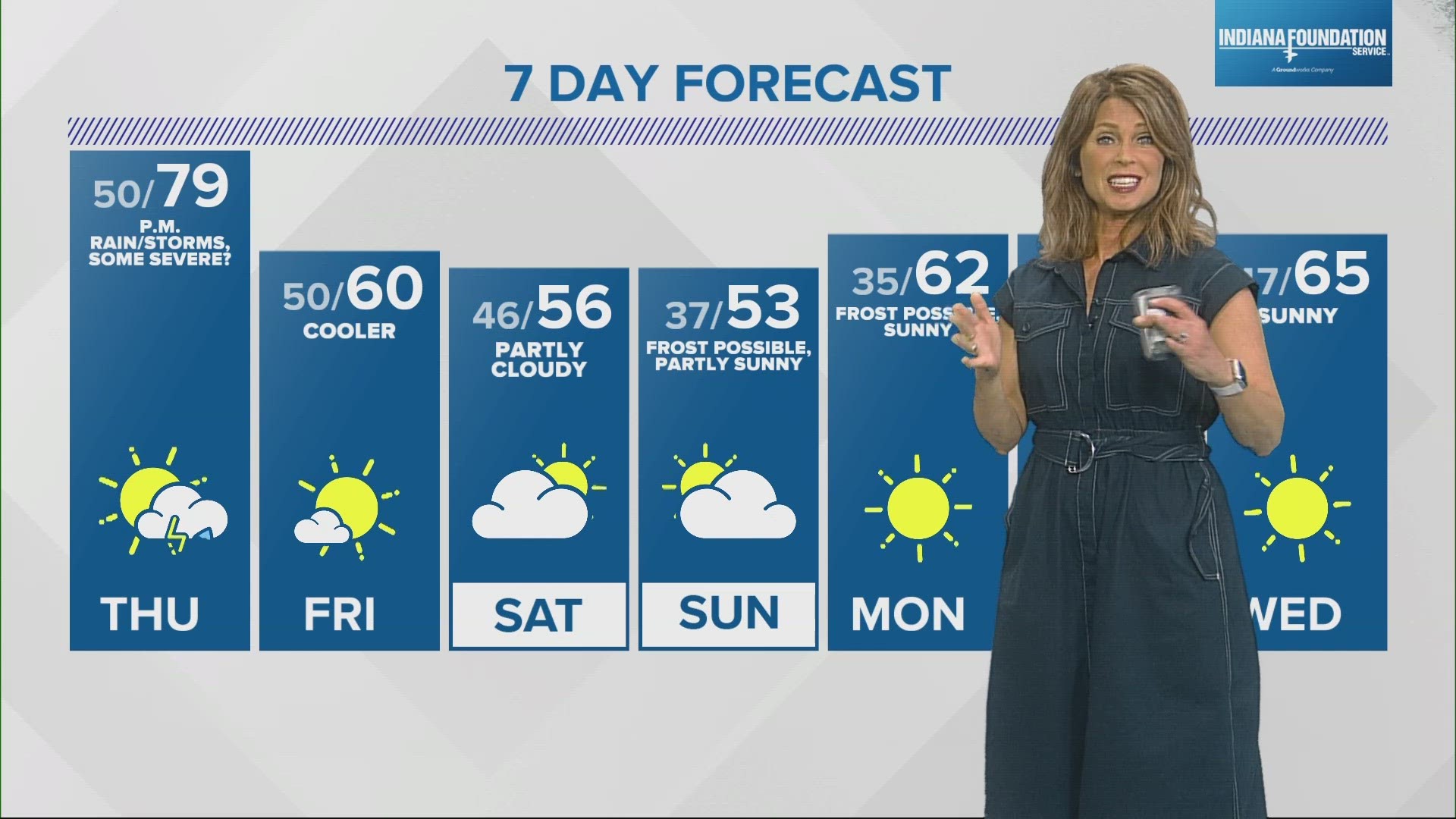INDIANAPOLIS — Before we start flinging some scary statistics your way, let’s open with this one: According to data compiled by NOAA from 2008 to 2013, the odds of being killed by a tornado in a given year are 1 in 5,693,092.
Most people who encounter even the deadliest tornadoes do walk away with their lives. However, there are still some risk factors that up your chances of being killed in a storm: living in a mobile home and proximity to flying debris among them.
In the spirit of preparedness, it’s still essential to know where to go to increase your odds of survival even more. While we're told "seeking shelter" in a basement is the best option, not everyone has that accessibility.
Here are some recommended places to seek shelter, based on where you are.
Mobile home
Leave the home as soon as possible.
According to the National Weather Service, there is not a safe way to take shelter in a tornado while inside a mobile home, even if it is tied down.
Reach out to friends or family to see if you can stay with them, or drive to a nearby community shelter. Sheltering inside a permanent building with a basement will be your best bet.
It's a nerve-wracking option, but seeking shelter in a ditch or low-lying area is preferable to returning to your home. According to the National Weather Service, being outside vs. inside a mobile home when a tornado hits increases your chances of survival — nearly 40% of all tornado deaths have historically occurred in mobile homes.
If your home is on private property, apply for a storm shelter through this program! They’ll build one in your backyard.
Apartment
Identify where your apartment’s storm shelter is prior to severe weather. If you’re in a high apartment when it does hit, get away from the windows immediately. Bathrooms or any interior part of the apartment will be best. You could also take shelter at the lowest level of a nearby stairwell.
Outdoors
If you are outside when a tornado hits, or are forced outside, try and find shelter in a low-lying area or ditch. Be sure to cover your head for protection, paying special attention to the area behind your neck. Avoid areas with dense trees.
Vehicle
As speedy as your car may seem, attempting to outrun the tornado is not recommended by experts. If you are in a car, the National Weather Service says the best option is still to drive to a nearby shelter.
Independent businesses may not allow you to seek shelter at that location. Try to aim for rest stops or other nearby public areas.
It's a myth that seeking shelter under an overpass is more safe. According to the National Weather Service, sheltering under an overpass puts you at greater risk of being killed because airborne debris gets blown at incredible speeds underneath those. You could also be blown out or carried away from the overpass.
Be prepared to find shelter in a nearby ditch or low-lying area.



